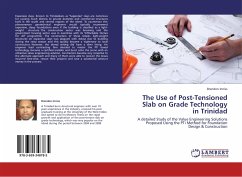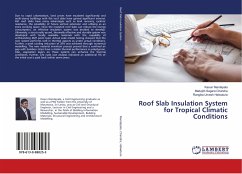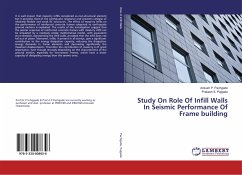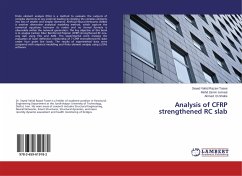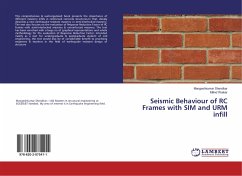Experimental investigations were carried out in three stages. The interface behaviours of brick joints were studied in the first stage to assess the load-displacement behaviour, load carrying capacity and the shear strength. In the second stage, one fourth scale model of three bay five storey frame with brick infill in the central bay was tested under lateral cyclic load. In the final stage, a one fifth scale three- dimensional three bay single storey infilled frame, with infill in the central bay was tested under lateral cyclic loading. The load deflection behaviour, stiffness degradation, ductility characteristics, energy dissipation capacity, moment-curvature elationship, shear strength etc. were studied. It was concluded that only brittle failure occurred in brick joints due to shear. In the frames, the contribution of brick infill was significant upto breaking and the contribution of infill should be considered as it leads to considerable saving in materials. In three- dimensional frame, the presence of roof slab contributes significant stiffness, load carrying capacity, additional confinement and additional strength.
Bitte wählen Sie Ihr Anliegen aus.
Rechnungen
Retourenschein anfordern
Bestellstatus
Storno


